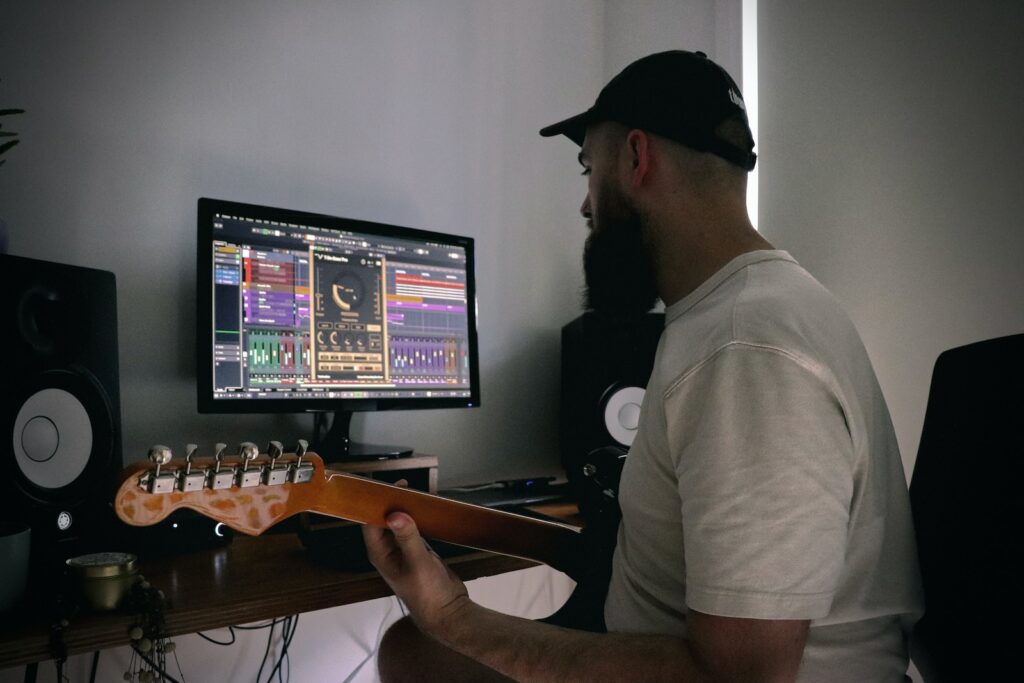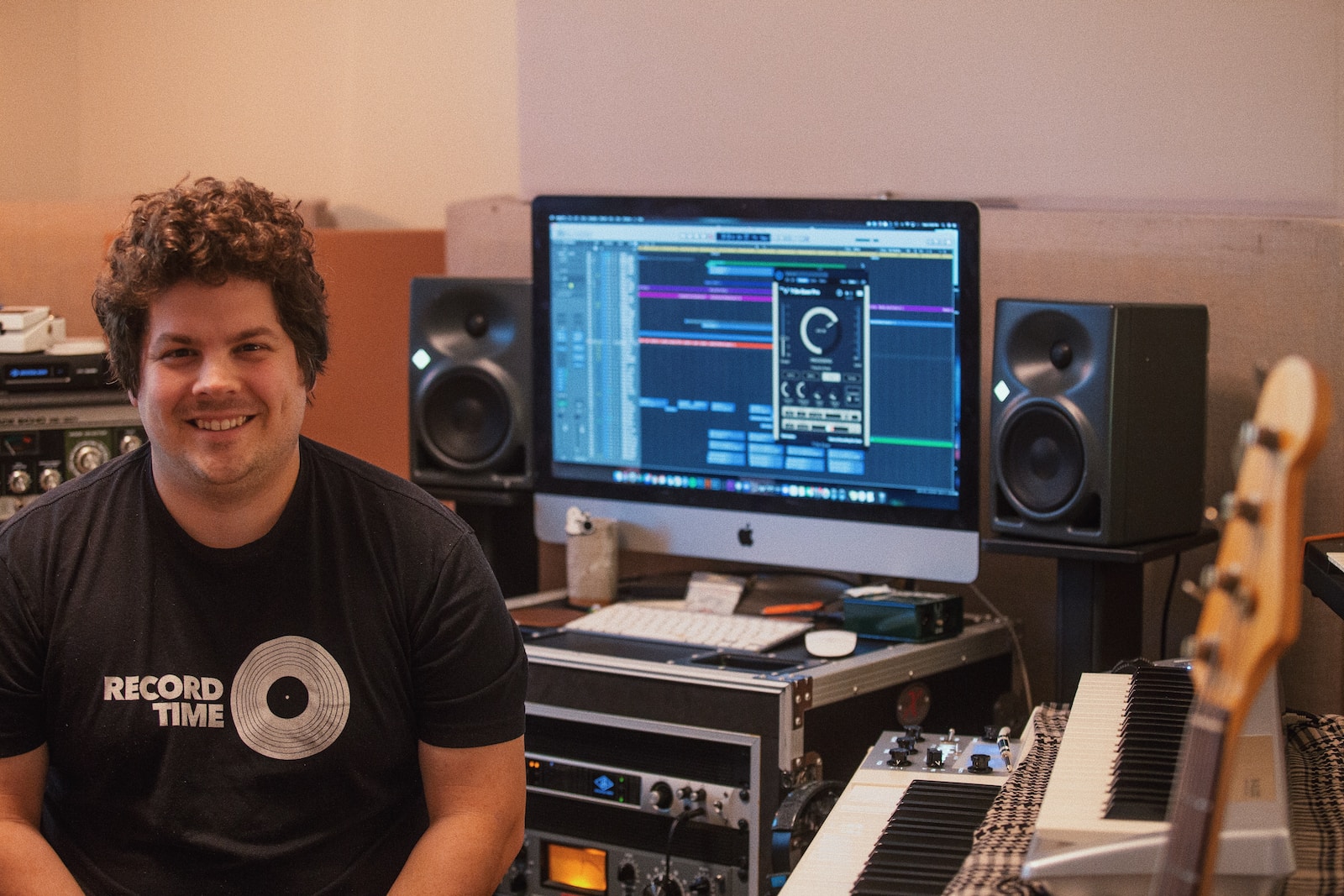Welcome to our comprehensive guide on the secrets to effective audio mixing in video post-production. As any seasoned filmmaker or video editor knows, audio plays a crucial role in creating a captivating viewing experience. In this blog, we will dive deep into the techniques and strategies you can employ to masterfully mix and refine the audio in your videos. Whether you’re a beginner seeking guidance or a professional looking to enhance your skills, this blog will provide invaluable insights to elevate your video production to new heights.
Table of Contents
- The Secrets to Effective Audio Mixing in Video Post-Production
- Frequently Asked Questions
- 1. What is audio mixing in video post-production?
- 2. Why is audio mixing important in video post-production?
- 3. How can I improve audio quality in video post-production?
- 4. What are some tips for effective audio mixing?
- 5. Can I fix audio issues in video post-production?
- 6. Is it necessary to hire a professional audio engineer for video post-production?
- 7. Are there any resources or guides available for audio mixing in video post-production?
- Wrap Up
The Secrets to Effective Audio Mixing in Video Post-Production
When it comes to creating engaging and professional videos, audio mixing plays a crucial role in delivering a harmonious viewing experience. It involves the process of refining and enhancing the audio elements to ensure they blend seamlessly with the visuals, enhancing the overall impact of your video.
Why is Audio Mixing Important?
Audio mixing is essential for several reasons. Firstly, it helps to improve the clarity of the dialogue, making it easier for viewers to follow the storyline. A well-mixed audio also sets the mood and atmosphere of the video, whether it’s a thrilling action sequence or a heartfelt emotional scene.
Furthermore, careful audio mixing ensures that all the elements of your video, including voice-overs, sound effects, and background music, are balanced and coordinated. It prevents any unwanted distractions or inconsistencies that may detract from the overall viewer experience.
Effective Tips for Audio Mixing in Video Post-Production
Now that we understand the importance of audio mixing let’s delve into some effective tips and techniques that can take your videos to the next level:
- Use High-Quality Audio Recording Equipment: Starting with good audio quality is key to achieving a polished mix. Invest in a quality microphone and audio recording equipment to capture crisp and clear sound.
- Balance Audio Levels: Pay attention to the levels of different audio elements in your video. Ensure that the dialogue is clear and not overshadowed by background music or sound effects.
- Eliminate Unwanted Noise: Use audio editing tools to remove any unwanted hisses, hums, or background noise that may distract viewers from your content.
- Pan Sounds for a 3D Experience: By panning sounds across the stereo field, you can create a dynamic and immersive audio experience for your audience.
- Utilize EQ and Filters: Equalization (EQ) and filters can help you enhance specific frequencies and remove unwanted elements. Make use of these tools to give your audio a professional touch.
- Ensure Smooth Transitions: Pay attention to the timing and transitions between different audio elements. Use fades, crossfades, and other techniques to create seamless transitions and avoid jarring changes in the audio.
In conclusion, audio mixing is an essential part of video post-production that should never be overlooked. By following these effective tips and techniques, you can create engaging videos with high-quality audio that captivate your audience and deliver a truly harmonious viewing experience.

Frequently Asked Questions
1. What is audio mixing in video post-production?
Audio mixing in video post-production is the process of combining and adjusting the various audio elements, such as dialogue, music, and sound effects, to create a balanced and immersive sound experience for the viewer.
2. Why is audio mixing important in video post-production?
Audio mixing is important in video post-production because it enhances the overall viewing experience. It helps to create a more engaging and professional video by ensuring that the audio elements are clear, balanced, and well-coordinated with the visuals.
3. How can I improve audio quality in video post-production?
To improve audio quality in video post-production, you can use various techniques such as audio enhancement, equalization, noise reduction, and adjusting the volume levels. It is also crucial to use high-quality audio equipment and make sure that the audio is properly recorded during the video shoot.
4. What are some tips for effective audio mixing?
Some tips for effective audio mixing in video post-production include:
- Using headphones or studio monitors for accurate monitoring
- Applying proper equalization to balance the frequency spectrum
- Using automation to adjust volume levels and create smooth transitions
- Paying attention to panning and spatial placement of audio elements
- Using audio effects tastefully and sparingly
5. Can I fix audio issues in video post-production?
Yes, you can fix various audio issues in video post-production using specialized software and techniques. Common audio issues that can be addressed include background noise, excessive reverb, distorted audio, and imbalanced volume levels.
6. Is it necessary to hire a professional audio engineer for video post-production?
While hiring a professional audio engineer can greatly enhance the quality of your video’s audio, it is not always necessary. With the right knowledge, tools, and practice, you can achieve satisfactory audio mixing results on your own. However, for more complex projects or if audio quality is crucial, it is recommended to seek professional assistance.
7. Are there any resources or guides available for audio mixing in video post-production?
Yes, there are numerous resources and guides available online that can help you learn and improve your audio mixing skills in video post-production. You can find tutorials, articles, forums, and even online courses dedicated to this subject. It is always beneficial to explore these resources and stay updated with the latest techniques and best practices.
Wrap Up
In conclusion, mastering the art of audio mixing is essential for creating a captivating video post-production. By following the secrets shared in this guide, you can enhance the audio quality and ensure a harmonious viewing experience. Remember to pay attention to the levels, balance, and clarity of the audio components in your videos. Don’t hesitate to experiment with different techniques and tools to achieve the desired result.
Now it’s time for you to put these tips into action! Let us know in the comments below how these strategies have helped you in your own audio mixing journey. Share your thoughts, experiences, or any additional tips you may have. Engage with our community and help each other create outstanding video content. Together, we can take our video post-production to new heights!



